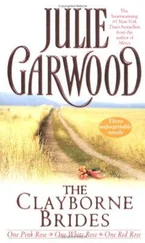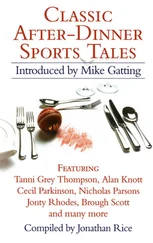For now, the scientific material is mute, or, if not mute, it speaks in half-sentences only. It directs the scientists to look carefully, and note what they might find, but it can say no more until the time comes for comparisons. Until fibres from two sources lie alongside each other under a microscope, or two semen samples are observed together, the scientific material can tell only a fragment of the story. It will say that Lesley had been in contact with a cloth which shed fibres, but it cannot yet say from where that cloth came. It will certainly tell the investigators that, whilst the child had not been interfered with, the killer appeared to have derived some sexual pleasure from being with her. But it cannot, now, say who the murderer was. Or was not.
Each single item is removed from its shielding plastic bag and is examined closely. It is a critical and crucial examination, and it yields results. Peter Guise, a forensic scientist and Batchelor of Technology examines the clothing: each garment, as ever, on its own to prevent any contamination, lying on a sheet of brown paper to collect any matter which may fall away in the course of the examination. He looks for blood or fluid staining, and he notes the dimensions and directions of the cuts. He runs Sellotape over the garments to collect loose fabrics which might adhere.
Of the blood-stains, he finds no evidence of ‘run down’, supporting the already-held theory that the child had not been standing up when the principal injuries were inflicted. From the jumper, the vest, the skirt and a sock, tiny fibres of a certain hue, a certain type, a certain constituency. And a single blue fibre from the back of Lesley’s neck. From the underwear, what appear to be semen stains. He makes up microscopic slides from these stains and looks further: his initial belief is confirmed. He can see sperm heads. He applies the test then in use to record the amount of heads: +H is the lowest, ++++H the highest. He writes ‘+H’ in his notes. There is a low sperm count given the large area of seminal staining.
Outteridge was soon to provide an initial report, confirming Professor Gee’s findings that Lesley had been murdered where she was found, and indicating Outteridge’s belief that the murder had a sexual motive, based on the finding of semen on the lower garments. He has identified Lesley’s blood as being group B, 4but he wishes to continue to examine blood-staining on the clothing in the hope of finding blood of a different group, perhaps belonging to the murderer. Outteridge would therefore advise Dibb and Holland that any suspects should have blood specimens taken from them, and that their clothing should be seized for forensic examination. Any suspect vehicles should also be examined, for matching fibres, but also because Lesley’s purse bore a sequined pattern, and the sequins appeared to be falling away. The appearance of any such sequins in a suspect’s vehicle would be a matter of great interest.
Finally, Outteridge informs Dibb and Holland that the knife found in the lay-by is not, in his opinion, the murder weapon.
Конец ознакомительного фрагмента.
Текст предоставлен ООО «ЛитРес».
Прочитайте эту книгу целиком, купив полную легальную версию на ЛитРес.
Безопасно оплатить книгу можно банковской картой Visa, MasterCard, Maestro, со счета мобильного телефона, с платежного терминала, в салоне МТС или Связной, через PayPal, WebMoney, Яндекс.Деньги, QIWI Кошелек, бонусными картами или другим удобным Вам способом.











